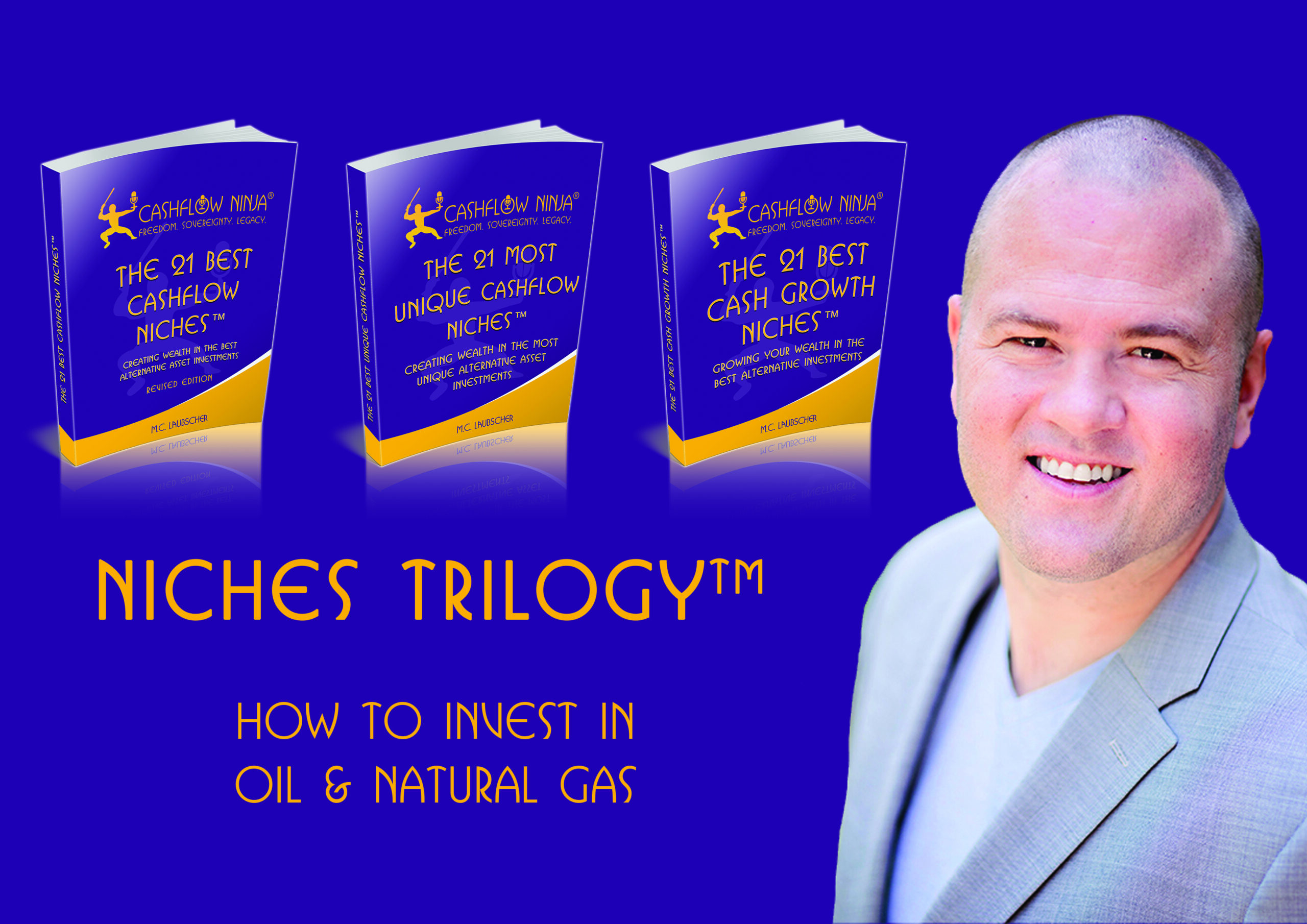
Oil and natural gas, vital fossil fuels, are central to the functioning of the global economy. These resources originate from the remains of ancient marine organisms like plankton and algae, transformed under the Earth’s surface over millions of years due to intense heat and pressure.
Petroleum, or oil, a liquid hydrocarbon, is extracted from the Earth’s crust. This complex mixture of organic compounds is predominantly used for energy production. Crude oil, upon refining, yields various products such as gasoline, diesel, jet fuel, heating oil, and lubricants. Additionally, it serves as a critical raw material for the chemical industry, contributing to the production of plastics, pharmaceuticals, and more.
Natural gas, primarily composed of methane (CH4), is a gaseous hydrocarbon often found alongside oil, though significant natural gas reserves exist independently. It plays a critical role in heating, electricity generation, and as a vehicle fuel. Natural gas is also instrumental in producing chemicals and fertilizers.
The role of oil and natural gas in the global economy is multifaceted. They are primary energy sources, with oil significantly contributing to global energy consumption and natural gas vital for electricity and heating. The oil and gas industry substantially impacts the economy, generating employment, driving related industries’ growth, and serving as a critical revenue and foreign exchange source for many countries.
These resources also have a profound influence on global politics. Countries with substantial oil and gas reserves, such as those in the Middle East, Russia, and the United States, often hold significant geopolitical power. Beyond their energy value, petroleum products are crucial in manufacturing various consumer goods, ranging from everyday plastics to essential pharmaceuticals, thus integrating deeply into the fabric of modern life.
Why Invest In Oil & Gas?
Investors find the oil and gas sector increasingly attractive for its unique benefits, making it a diverse investment portfolio strategic component.
Firstly, the potential for high returns is a significant draw. Oil and gas projects, particularly successful exploration and production activities, can yield substantial profits, significantly, when bolstered by favorable market conditions and high energy prices.
Diversification is another crucial aspect. Oil and gas investment offers a hedge against the volatility typically associated with traditional stock and bond markets. The factors driving the performance of oil and gas investments often differ from those affecting the broader financial markets, thereby adding an essential layer of diversification to an investment portfolio.
Inflation hedging is also a noteworthy benefit. Oil and gas, as commodities, have historically been effective in hedging against inflation, often rising in price in response to inflationary trends, thus helping to preserve the purchasing power of an investment portfolio.
The sector also comes with appealing tax benefits. For example, the IRS allows deductions for intangible drilling costs in the United States, which can form a significant portion of the total investment. These tax advantages can substantially enhance the overall return on investment.
Another factor driving interest in this sector is the growing global demand for energy, particularly in emerging markets. This increase in demand often leads to higher prices, presenting more opportunities for profitable investments.
Specific segments of the oil and gas industry, such as midstream and downstream operations, can provide steady cash flow through dividends or other distributions for those looking for regular income streams.
Investing in oil and gas also means being part of an essential global industry that powers various sectors, including industries, transportation, and households. It’s an opportunity to contribute to and benefit from a crucial and enduring industry.
The opportunity to invest in significant infrastructure is another attractive aspect. The sector encompasses large-scale investments like pipelines, storage facilities, and refineries, often offering stable long-term returns.
Moreover, technological advancements continue to open new doors in the exploration, production, and energy efficiency realms of oil and gas operations, potentially increasing profitability for investors.
Lastly, the sector is frequently influenced by geopolitical dynamics, providing those with a deep understanding of these factors a chance to capitalize on them.
Oil & Gas Ecosystem
The oil and gas industry is a vital and dynamic force in modern society, characterized by complex operations and constantly shifting market dynamics. At its core, this industry functions in three main stages: Upstream, Midstream, and Downstream.
In the Upstream sector, the journey begins with exploring and extracting oil and natural gas. Geologists employ advanced technology to locate potential reserves drilled to bring these essential resources to the surface.
The Midstream sector is the critical connector, transporting and storing these resources. Picture extensive networks of pipelines, large tankers, and storage facilities ensuring the smooth transition of oil and gas from extraction sites to processing locations.
The Downstream sector is where these raw materials are refined into usable products like gasoline and plastics, overseeing their distribution and marketing. This sector represents the final step in transforming natural resources into everyday commodities.
Significant players like ExxonMobil, Shell, Chevron, and various national and independent entities navigate this industry’s intricate landscape. They must adeptly manage geopolitical, economic, and technological challenges to maintain a stable supply and meet global demand.
The industry is influenced by several key factors: global demand fluctuations, political instability in oil-rich regions, and technological advancements like fracking. However, it faces significant challenges, including environmental concerns leading to stringent regulations and the global shift towards renewable energy sources.
Despite these challenges, the oil and gas industry remains a crucial economic driver, creating jobs and influencing daily living costs. It’s a sector that requires careful balancing of regulatory compliance, financial impact, and environmental responsibility.
As the world leans more towards renewable energy, many companies in this sector diversify their portfolios to include green energy initiatives, adapting to ensure their continued relevance in a changing world.
How To Generate Income
Investing in the oil and gas sector offers a unique blend of challenge and opportunity.
Direct participation in drilling projects is similar to owning a stake in an exciting business venture. This approach involves sharing the costs and rewards of oil and gas production.
The investment landscape here features two primary roles: working and royalty interests. A working interest is like being on the front lines, actively involved in the project, and sharing both the costs and the fruits of success. Royalty interests, in contrast, are more passive.
One attractive aspect of direct participation in drilling projects is the potential for tax benefits. The U.S. tax code, for example, offers deductions for tangible and intangible drilling costs, which can significantly enhance the overall return on these investments.
Direct participation in drilling projects offers a compelling opportunity for investors seeking a balanced approach to cash flow, tax efficiency, asset appreciation, and leverage. This investment avenue can be particularly alluring for those well-versed in the nuances of the oil and gas sector.
Another pathway is through master limited partnerships (MLPs), which primarily focus on energy infrastructure projects, such as pipelines. MLPs are a fusion of the tax benefits of a partnership with the liquidity of publicly traded securities, making them a versatile and attractive option for many investors.
Oil and gas limited partnerships also offer an avenue for investment, functioning much like a collaborative enterprise. General partners manage the operations, while limited partners contribute capital. This approach allows investors to pool resources for larger-scale projects. However, it’s crucial to exercise due diligence to avoid high-risk ventures and ensure the legitimacy of the partnership.
How To Lose Money
Navigating the complexities of oil and gas investment is a nuanced and risky endeavor. This sector is fraught with factors that can destabilize and lead to financial losses.
Consider the volatility of oil and gas prices, resembling the unpredictability of a rollercoaster. These prices constantly fluctuate, influenced by many factors, including geopolitical events, supply-demand imbalances, technological advancements, global economic conditions, OPEC decisions, and other unforeseen elements.
Operational risks in drilling projects are significant, and various challenges, such as equipment failures and accidents, can lead to operational interruptions and financial setbacks.
Exploration in this sector is risky because not all explorations are successful. The occurrence of dry wells can lead to complete financial losses.
The oil and gas industry faces significant challenges regarding regulatory and environmental concerns. Fluctuating laws and regulations can escalate operational costs or render certain reserves economically unfeasible. Furthermore, the potential for litigation over ecological issues adds to the financial risk.
Geopolitical risks are substantial. Many oil and gas reserves are in areas plagued by political instability, conflicts, or diplomatic tensions, which can disrupt production, supply chains, and investment safety.
Technological innovations like hydraulic fracturing have expanded oil and gas production capabilities. However, these advancements can also lead to market oversupply, causing price deflation.
The increasing demand for greener energy solutions, such as wind, solar, and electric vehicles, reshapes the energy landscape. This shift could affect long-term oil demand, influencing prices and profitability.
High initial costs are another challenge. Oil and gas projects demand significant capital investment, and any setbacks or delays can result in substantial financial losses.
Oil and gas are exhaustible resources. As reserves diminish, the cost and difficulty of extraction increase.
Accidents like oil spills carry enormous clean-up costs, legal repercussions, and reputational damage. These incidents are like latent hazards with potentially catastrophic outcomes.
High debt levels in some oil and gas companies add to the risk. Managing these debts can become complex during falling oil prices, potentially leading to bankruptcy.
The risks of mismanagement or fraud are ever-present, similar to entrusting your property to an unknown entity. Such risks can lead to substantial losses.
Lastly, changes in tax policy are critical to consider. These changes can unpredictably impact oil and gas investments’ profitability and financial outlook.
Positives & Negatives Of Oil & Gas
Positives:
Diversification: Adding oil and gas to your investment portfolio can help diversify it beyond stocks and bonds.
High Potential Returns: In the right conditions, investments in this sector have historically yielded substantial returns.
Tax Benefits: Some places offer tax incentives for investing in oil and gas exploration and production.
Supply and Demand: Fossil fuels are still heavily relied upon globally, ensuring consistent demand. This can mean steady returns for investors, especially during economic growth.
Protection Against Inflation: Oil and commodities can hedge against inflation. When inflation rises, oil prices often rise as well.
Dividends: Established oil and gas companies often offer attractive dividend yields, providing a steady income stream.
Negatives:
Volatility: The oil and gas sector can be highly volatile. Political instability, technological changes, supply disruptions, and global economic conditions can lead to dramatic price swings.
Environmental concerns: Increasing global emphasis on sustainability and renewable energy can pose challenges for the long-term outlook of the fossil fuel industry.
High Capital Requirement: Exploration and drilling require significant upfront capital. There’s also a risk that exploration efforts may not yield profitable oil or gas.
Regulatory Risks: The sector is subject to strict regulations. Changes in policy or more stringent regulations can affect profitability.
Geopolitical Risks: Many central oil reserves are located in regions with political instability or geopolitical tensions, potentially affecting supply and prices.
Technological Disruption: Advancements like electric vehicles and renewable energy technologies might decrease the demand for oil in the future.
Operational Risks: Drilling operations carry risks like equipment failures, accidents, or natural disasters, which can impact investments.
Investment Opportunity Filter™
The Investment Opportunity Filter™ evaluates an investment opportunity based on cashflow, tax benefits, appreciation, and the leverage it provides.
Oil & gas investments score a 4/4 with The Investment Opportunity Filter™
Oil & gas investments can produce significant cashflow and have great benefits. The asset can appreciate through efficient operations and management, and it also allows for the leveraging of others’ skill sets, capabilities, networks, and capital.
Download all the Niches Trilogy Books:
The 21 Best Cashflow Niches
Digital: https://www.
Audio: https://podcasters.spotify.
The 21 Most Unique Cashflow Niches
Digital: https://www.
Audio: https://podcasters.spotify.
The 21 Best Cash Growth Niches
Digital: https://www.
Audio: https://podcasters.spotify.
Listen To Cashflow Ninja Podcasts:
Cashflow Ninja
https://podcasters.spotify.
Cashflow Investing Secrets
https://podcasters.spotify.
Cashflow Ninja Banking
https://podcasters.spotify.
Share This
Related

897: Eugene Shatsman: How To Grow & Scale Your Business Right Now
My guest in this episode is Eugene Shatsman. Eugene is the Managing Partner of National Strategic Group. Eugene teaches business strategy, consumer behavior, marketing, and what all of us want – how to drive more business into our businesses. His team at National Strategic has over 100 people, and they do a tremendous amount of…

896: Chris MacIntosh: Opportunities Around The Globe Right Now
My guest in this episode is Chris Macintosh. Chris has founded and built several multi-million dollar businesses in the investment arena, including overseeing the deployment of over $30m into Venture Capital opportunities and advising family offices internationally. Before this, Chris built a career at Invesco Asset Management, Lehman Brothers, JPMChase, & Robert Flemings. Interview Links:…

895: Josh McCallen: Why Airbnb Gurus Are Shifting To Boutique Hotels
My guest in this episode is Josh McCallen. Josh is a nationally recognized hospitality executive, conference speaker, innovator, builder & investor with a track record for developing exceptional resort properties and growing world-class operational teams. Josh is also one of the principals of Accountable Equity, an investment firm that specializes in historic resort communities and…
